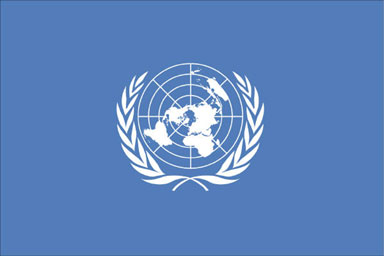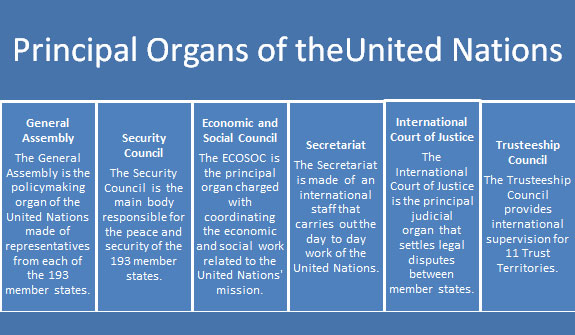
International relationships are heavily dependent upon human interaction. When the people of various nations participate in cooperative relationships, the outcome can be beneficial to all involved. This type of cooperation is evident in various economic pacts and agreements.
In contrast, relationships between nations that are not positive can lead to conflict. These types of relationships lead to war or tension between the involved parties.
Historically, relationships among nations were forged for the purpose of military alliances. These alliances displayed dominance over smaller or weaker nations or alliances. For example, World War II was fought between the Axis Powers (Germany, Italy, and Japan) and the Allied Powers (United States, Great Britain, France, and Russia). This war was the largest, bloodiest war in history.
The impact of the war between these two alliances was so devastating and destructive that world leaders decided to focus on world peace and ways to resolve conflict before it became as violent and deadly as World War II. Many of the countries involved in or affected by the war created an organization to find solutions for peace. That organization is called the United Nations.

![]() The video below shows some highlights from the historical archives of the United Nations.
The video below shows some highlights from the historical archives of the United Nations.
Source: United Nations,-Highlights of Historical Archives, Unitednations, You Tube.
Quick reflection - Did you recognize any of the people featured in the clip? What issues seem to be important to the United Nations? Write your thoughts down in your notes, and thenInteractive popup. Assistance may be required.
*Note these lists are not exhaustive. Some of the people featured in the video are George W. Bush, Nelson Mandela, Kofi Annan, Ronald Reagan, Tony Blair, Fidel Castro, Nikita Khrushchev, John F. Kennedy, and Hillary Clinton.
The United Nations (UN) was created in June 1945 with the main purpose of maintaining international peace and security. The organization determined that it needed to address the causes of conflict to prevent further destructive wars. The United Nations looked to promote international cooperation by addressing economic, social, cultural, and humanitarian problems.
The United Nations was founded by 51 charter countries that worked to facilitate friendly relations among nations while supporting better living standards and human rights for all.
The organization has since grown to 193 members that focus on peacekeeping, peacebuilding, conflict prevention, and humanitarian assistance. As the issues of the world have changed, so has the work of the United Nations.
Click below to see a map of the United Nations member states in the world today.
The United Nations has grown to include six principal organs and more than one hundred related committees.
The chart below explains the function of the United Nations Principal Organs.

Read the following current four main purposes of the United Nations.
Click on the link to read about the work of the United Nations.
In the following activity, you will determine how the actions of the United Nations meet its four main purposes listed above. The four main purposes of the United Nations are represented by the folders below.
![]() Scroll over the folders to read about the main purposes of the United Nations, and then categorize four United Nations actions by clicking on the corresponding folder for each.
Scroll over the folders to read about the main purposes of the United Nations, and then categorize four United Nations actions by clicking on the corresponding folder for each.
The United Nations provides a cooperative and inclusive forum for countries to work together and improve international relationships. The United Nations continues to work toward making the world safer for humanity as well as for future generations.
In this lesson, you learned about how physical geographic features such as location, size, and natural resources impact the relationships among nations. International relationships are also influenced by the interaction of the humans among nations; these relationships can be the root of conflict or cooperation.
The United Nations, a peacekeeping organization, takes all of these factors into consideration while attempting to maintain peace among nations all over the world.
Sources for images used in this section, as they appear. from top to bottom: